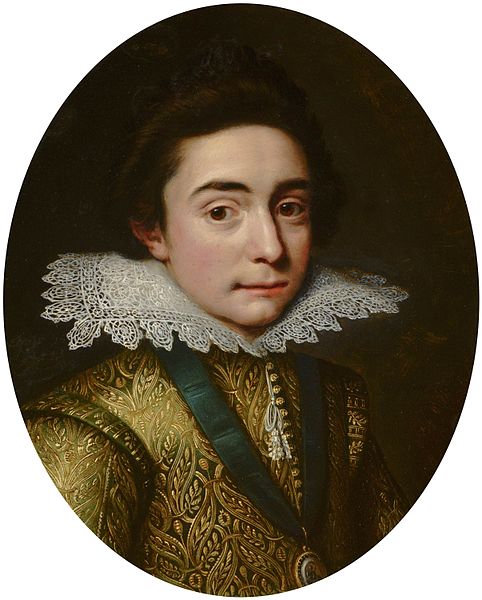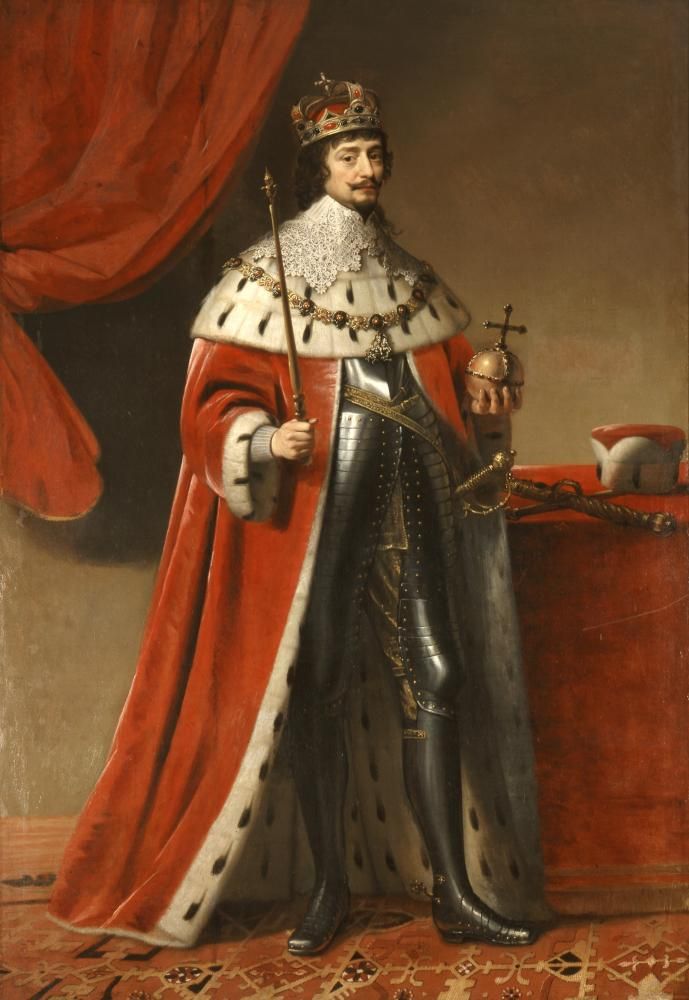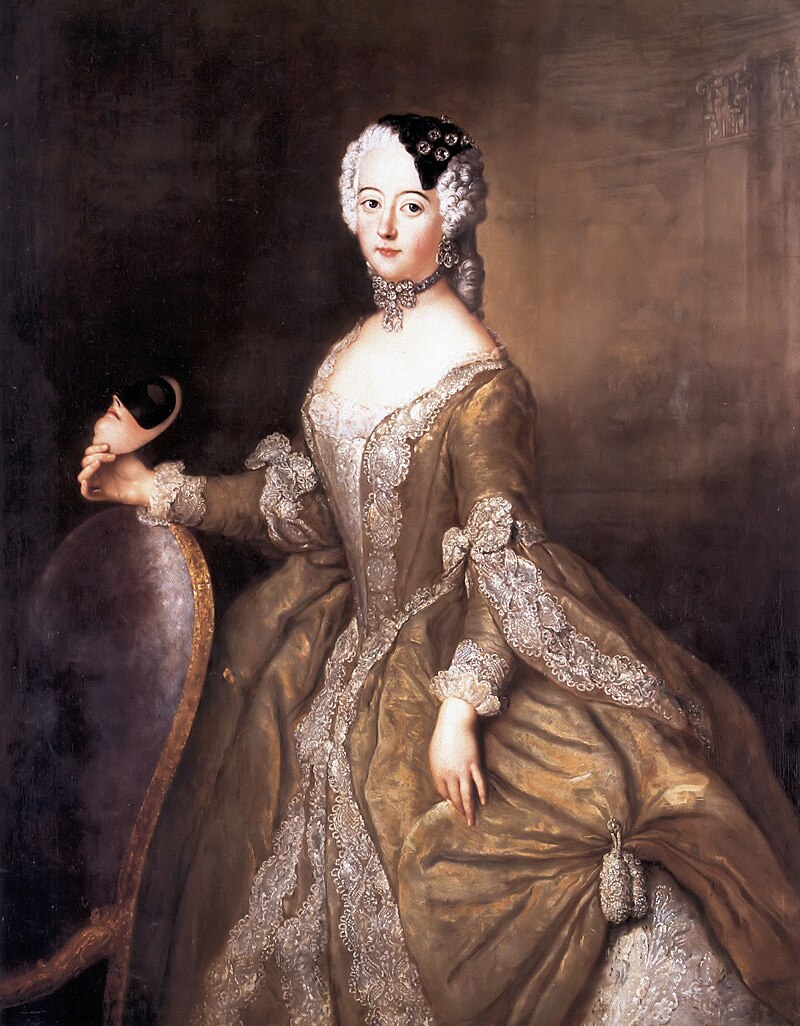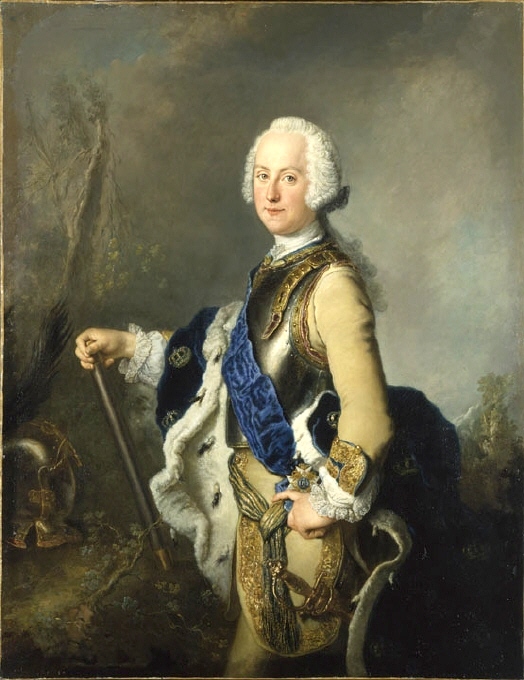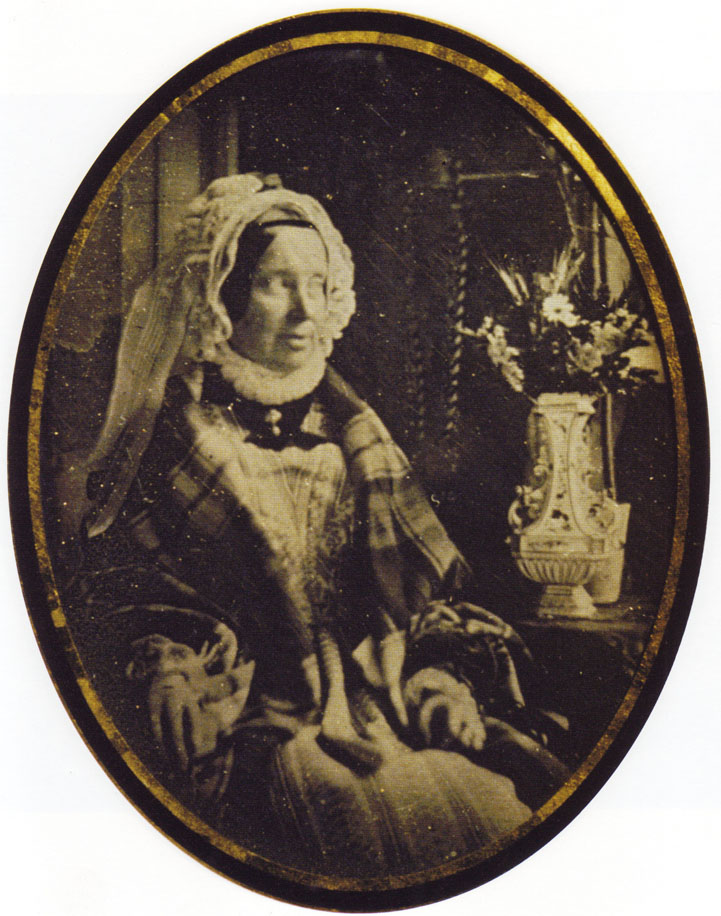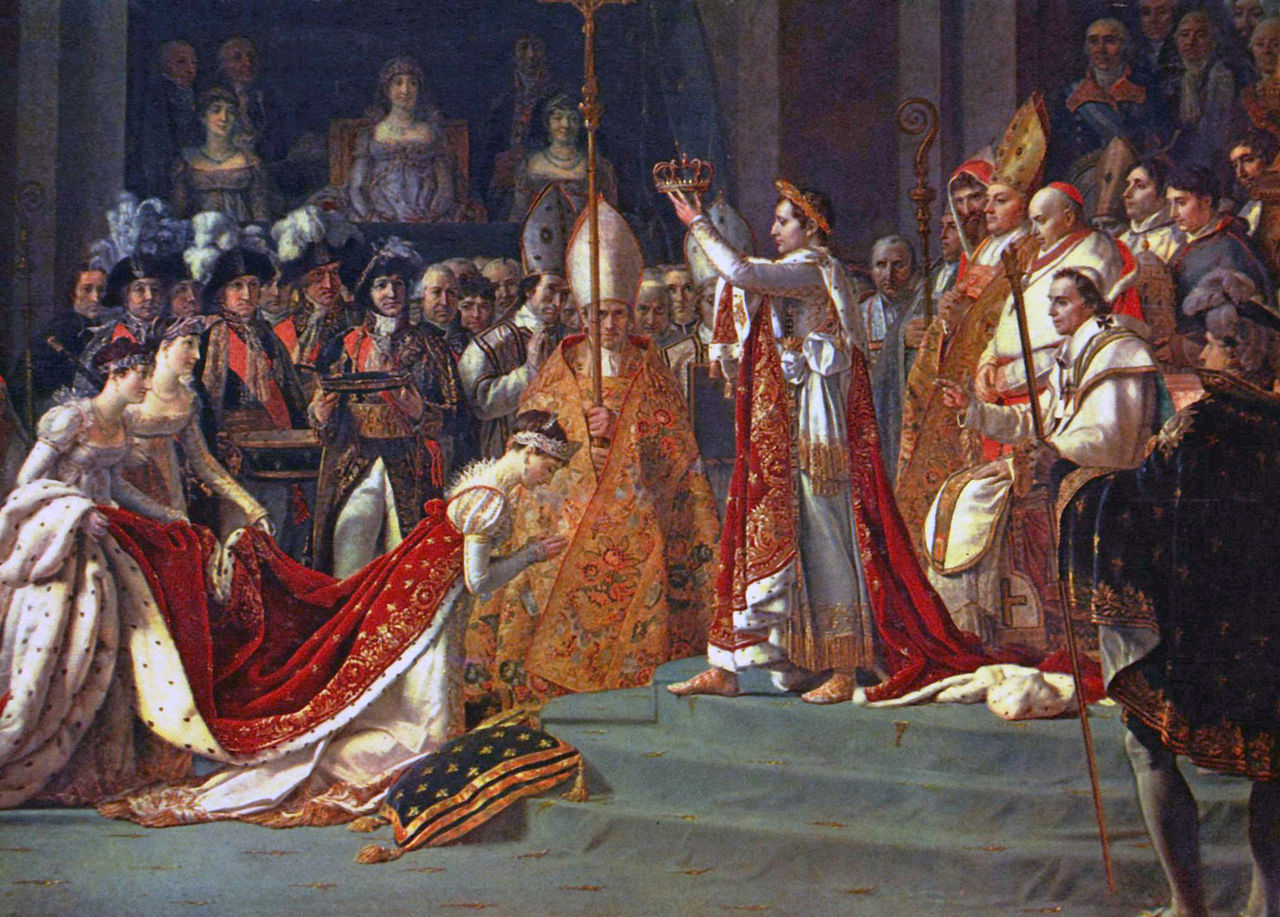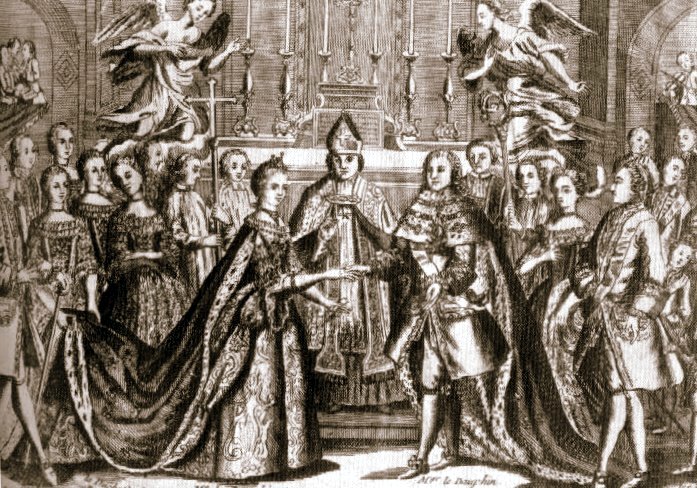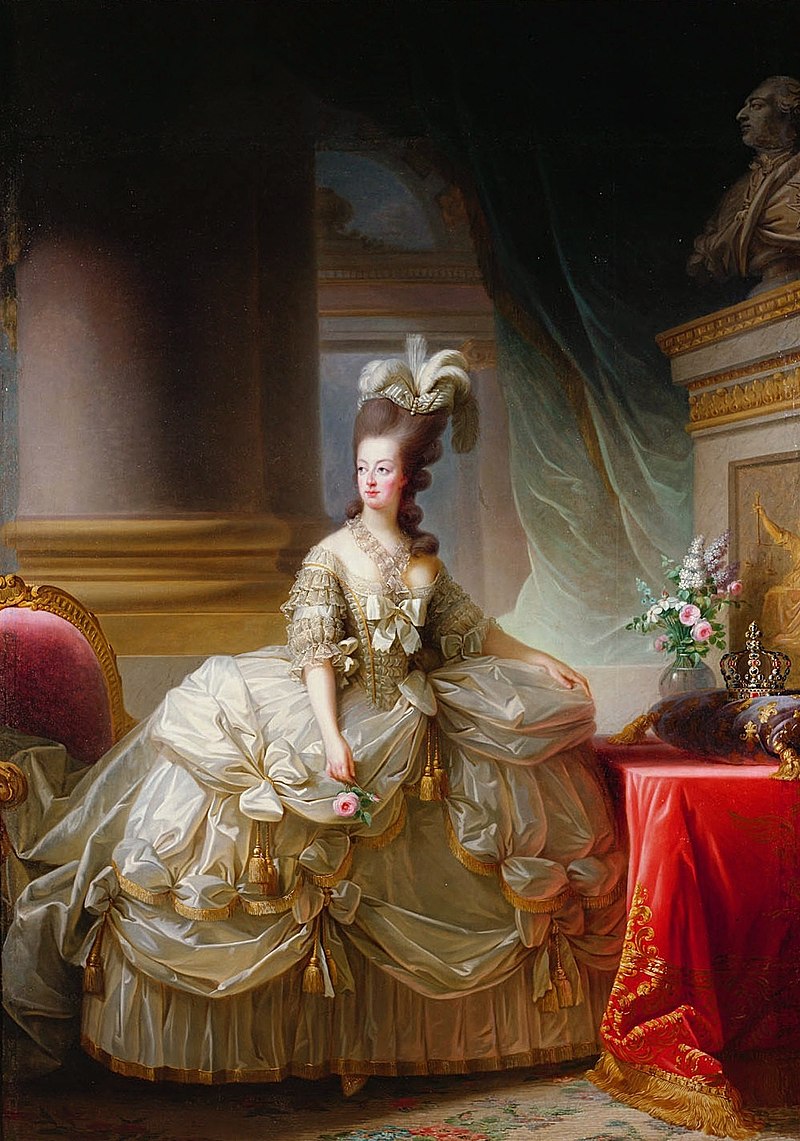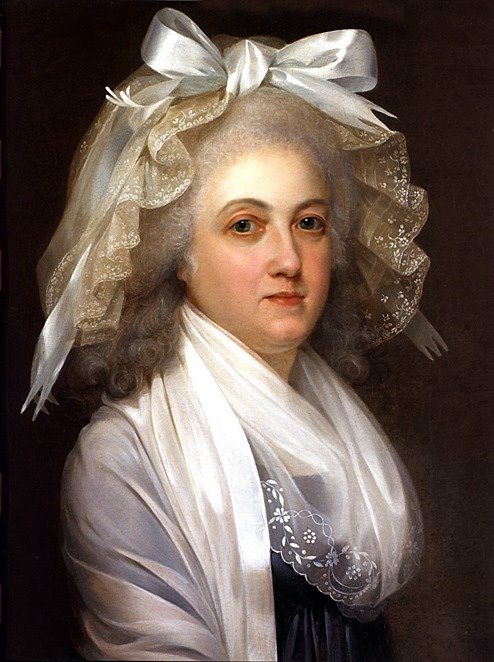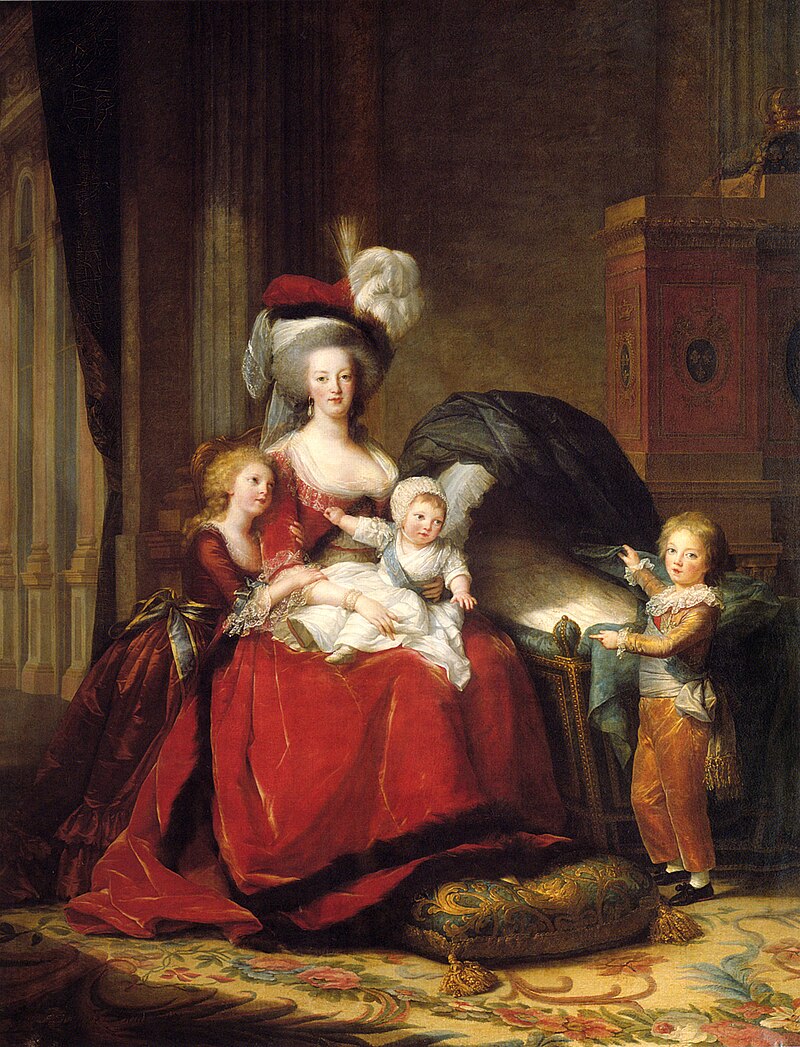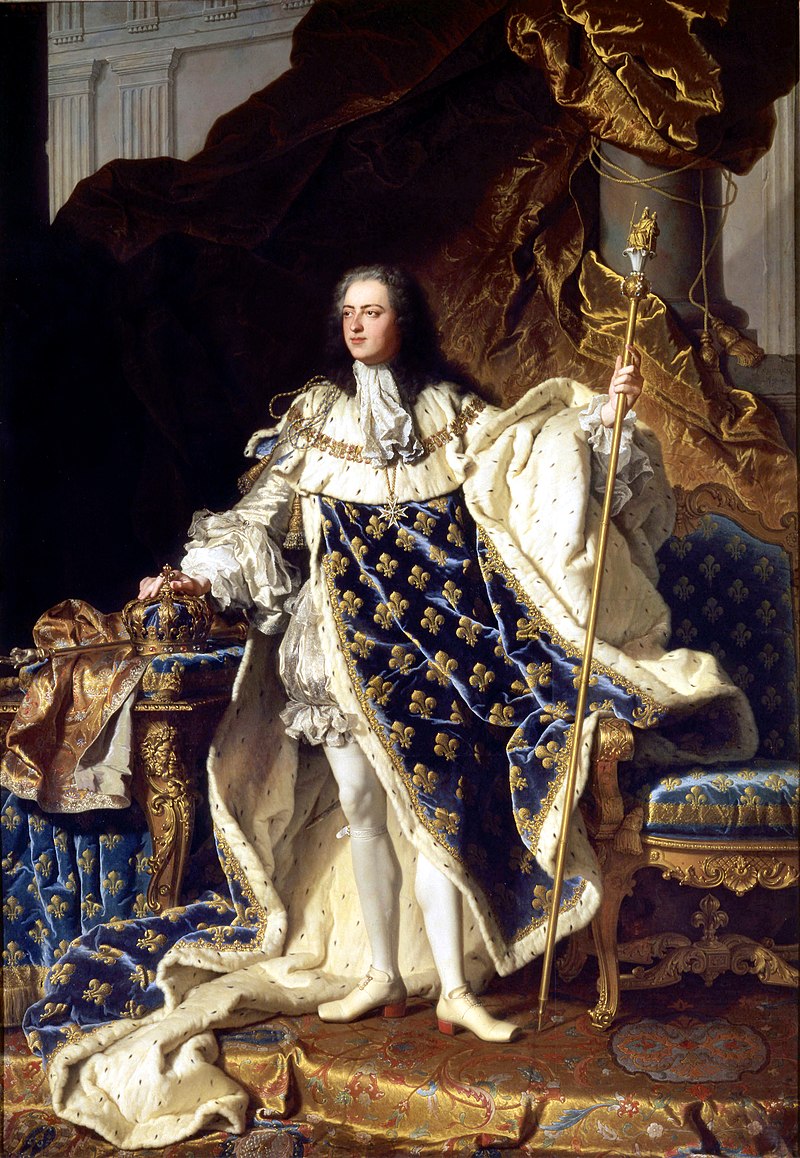by Susan Flantzer by Susan Flantzer
© Unofficial Royalty 2016

Margaret Tudor, Queen of Scots; Credit – Wikipedia
The highborn and noble princess Lady Margaret, known better as Margaret Tudor, was born at the Palace of Westminster in London, England on November 28, 1489. She was the eldest daughter and the second of the eight children of King Henry VII of England, the first Tudor monarch, and Elizabeth of York, the eldest child of King Edward IV of England. When the Tudor line died out with the death of Queen Elizabeth I of England in 1603, Margaret’s great-grandson James VI, King of Scots succeeded to the English throne as King James I. Margaret is the ancestor of many European royal families, past and present.
Margaret was christened the day after her birth at St. Margaret’s Church, Westminster. Her godparents were:
- Lady Margaret Beaufort, Countess of Richmond, her paternal grandmother whom she was named after
- John Morton, Archbishop of Canterbury
Margaret had six siblings. Unlike her older brother Arthur, Prince of Wales, who lived in his own household, Margaret spent most of her childhood with her siblings.
- Arthur, Prince of Wales (1486 – 1502), married Catherine of Aragon, no issue
- Henry VIII, King of England (1491 – 1547), married (1) Catherine of Aragon, had daughter Queen Mary I of England; (2) Anne Boleyn, had daughter Queen Elizabeth I of England; (3) Jane Seymour, had son King Edward VI of England; (4) Anne of Cleves, no issue; (5) Catherine Howard, no issue; (6) Catherine Parr, no issue
- Elizabeth Tudor (1492 – 1495)
- Mary Tudor (1496 – 1533), married (1) Louis XII, King of France, no issue; (2) Charles Brandon, 1st Duke of Suffolk, had issue, grandparents of Lady Jane Grey
- Edmund Tudor, Duke of Somerset (1499 – 1500)
- Katherine Tudor (born and died February 1503) her mother, Elizabeth of York, died as a result of Katherine’s birth

Henry VII’s family: At left, Henry VII, with Arthur, Prince of Wales behind him, then Henry (later Henry VIII), and Edmund, who did not survive early childhood. To the right is Elizabeth of York, with Margaret, then Elizabeth who didn’t survive childhood, Mary, and Katherine, who died shortly after her birth; Credit – Wikipedia
On January 24, 1502, England and Scotland concluded the Treaty of Perpetual Peace, agreeing to end the warfare between England and Scotland that occurred over the previous two hundred years. As part of the treaty, a marriage was arranged between 28-year-old James IV, King of Scots and twelve-year-old Margaret Tudor. A proxy marriage was held on January 25, 1503, at Richmond Palace with Patrick Hepburn, 1st Earl of Bothwell standing in for James IV. Margaret was exactly the same age as her paternal grandmother Margaret Beaufort had been when she married Edmund Tudor, 1st Earl of Richmond. Margaret Beaufort was determined that her granddaughter not consummate her marriage at such an early age and insisted that Margaret must remain in England until she was older. After the proxy marriage, Margaret was officially Queen of Scotland and received the precedence and honor due to a Queen.
In 1501, Margaret’s elder brother Arthur, Prince of Wales married Catherine of Aragon, the youngest daughter of Queen Isabella I of Castile and King Ferdinand II of Aragon. Five months later, on April 2, 1502, 15-year-old Arthur was dead, probably of sweating sickness, and his family was devastated. Shortly after Arthur’s death, Margaret’s mother Elizabeth became pregnant again and hoped for a son. Elizabeth spent that year preparing her daughter Margaret for her role as Queen of Scots. In early 1503, Elizabeth spent her confinement at the Tower of London. On February 2, 1503, she gave birth to a daughter, Katherine. Shortly after giving birth, Elizabeth became ill with puerperal fever (childbed fever) and died on February 11, 1503, her 37th birthday. Little Katherine died on February 18, 1503.

James IV, King of Scots and Margaret Tudor; Credit – Wikipedia
In June 1503, just a few months after her mother’s death, Margaret left London with her father to begin her journey to Scotland. Her formal court farewell was held at her paternal grandmother’s home Collyweston Palace near Stamford, Northamptonshire, England. After two weeks of celebrations, Margaret rode out to her new life with only one relative, Sir David Owen, the illegitimate son of her great-grandfather Owen Tudor. On August 3, 1503, at Dalkeith Castle in Midlothian, Scotland, Margaret first met King James IV. The couple was married in person on August 8, 1503, at Holyrood Abbey in Edinburgh, Scotland.
Margaret and James had four sons and two stillborn daughters. Only one of their children survived infancy.
- James, Duke of Rothesay (1507 – 1508)
- Stillborn daughter (1508)
- Arthur, Duke of Rothesay (1509 – 1510)
- James V, King of Scots (1512 – 1542), married (1) Madeleine of Valois, no issue; married (2) Mary of Guise, had issue including his successor Mary, Queen of Scots
- Stillborn daughter (1512)
- Alexander, Duke of Ross (1514 – 1515)
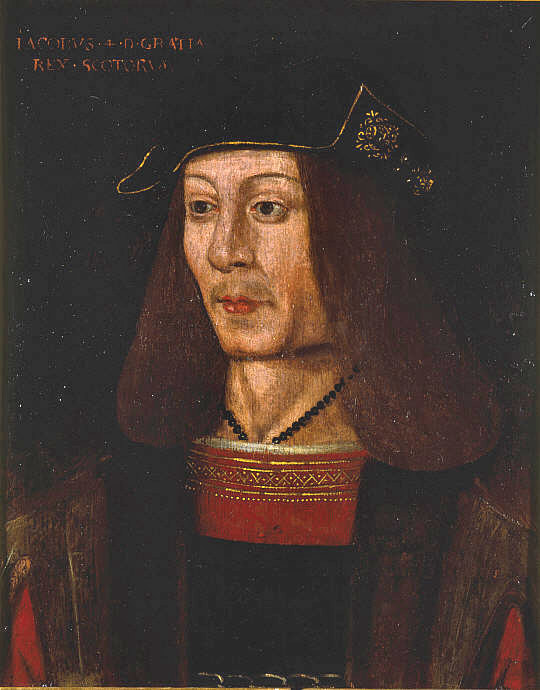
James IV, King of Scots; Credit – Wikipedia
In 1509, Margaret’s father King Henry VII of England died and was succeeded by his son as King Henry VIII. Despite the great hopes of peace between England and Scotland as symbolized by the marriage of Margaret and James IV, Margaret’s brother Henry VIII did not have his father’s diplomatic patience and was heading toward a war with France. James IV was committed to his alliance with France and invaded England. Henry VIII was away on campaign in France and Flanders in 1513 and he had made his wife Catherine of Aragon regent in his absence. It was up to Catherine to supervise England’s defense when Scotland invaded. Ultimately, the Scots were defeated at the Battle of Flodden near Branxton, Northumberland, England on September 9, 1513, and 30-year-old King James IV was killed in the battle. Catherine sent Henry VIII the blood-stained coat of his defeated and dead brother-in-law.

Margaret and James IV’s only surviving child James V, King of Scots; Credit – Wikipedia
Margaret’s seventeen-month-old son succeeded his father as James V, King of Scots. Under the terms of James IV’s will, Margaret was the regent for her son as long as she did not remarry. On April 30, 1514, Margaret gave birth to James V’s posthumous son Alexander Stewart, Duke of Ross who died on December 18, 1515. While the Scottish Parliament had confirmed Margaret as regent, many were unhappy with an English female regen,t and wanted Margaret replaced with John Stewart, 2nd Duke of Albany, grandson of James II, King of Scots, the closest male relative of the infant king, and the heir presumptive to the throne after the death of young son Alexander Stewart, Duke of Ross.

Archibald Douglas, 6th Earl of Angus; Credit – Wikipedia
Margaret sought an ally with the pro-English House of Douglas. On August 6, 1514, Margaret secretly married Archibald Douglas, 6th Earl of Angus. The marriage stirred up the Scottish nobles and opposition to the faction supporting French influence in Scotland. Civil war broke out, and Margaret lost the regency to John Stewart, Duke of Albany. Margaret and Douglas escaped to England where she gave birth to their only child at Harbottle Castle in Northumberland, England. While in the north of England, Margaret learned of the death of her son Alexander, Duke of Ross.
Daughter of Margaret and Archibald Douglas:
- Lady Margaret Douglas (1515 – 1578), married Matthew Stewart, 4th Earl of Lennox, had issue including Henry Stewart, Lord Darnley who married his first cousin Mary, Queen of Scots. They were the parents of James VI, King of Scots who succeeded to the English throne upon the death of Queen Elizabeth I of England as King James I of England.
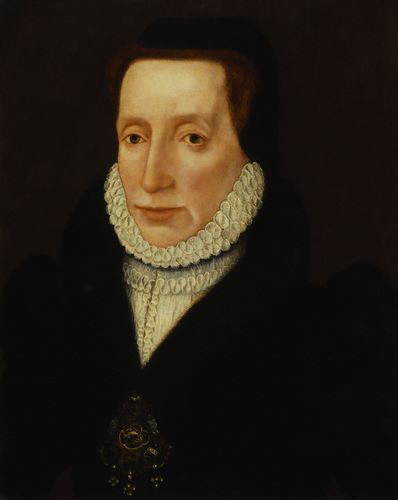
Lady Margaret Douglas, Margaret Tudor’s daughter; Credit – Wikipedia
Sometime after the birth of her daughter, Margaret and her husband went to London where they were well treated by her brother King Henry VIII, and lived in Scotland Yard, the traditional residence of the Scottish diplomats and Scottish kings when they visited English royalty. Margaret returned to Scotland in 1517, hoping to regain her dower, a provision accorded by law to a wife for her support if she should survive her husband, and also to regain access to her son James V, but she was unsuccessful in both pursuits. After returning to Scotland, it soon became clear that Margaret’s marriage with Archibald Douglas was on the rocks. He lived openly with his mistresses, gave them gifts paid for with Margaret’s money, and separated Margaret from her daughter. On March 11, 1527, Pope Clement VII granted Margaret a divorce from Archibald Douglas, 6th Earl of Angus.
On March 3, 1528, Margaret married Henry Stewart, 1st Lord Methven to the consternation of her brother King Henry VIII who insisted that marriage was “divinely ordained” and protested against the “shameless sentence sent from Rome.” Ironically, a few years later Henry VIII would seek to end his marriages with Catherine of Aragon and marry Anne Boleyn. Margaret and Stewart had one daughter who died young. Stewart was even worse husband than Margaret’s second husband in his desire for other women and Margaret’s money. Margaret tried to divorce Stewart, but her son James V blocked the proceedings and Margaret felt that Stewart had bribed her son. Margaret often wrote to her brother Henry VIII about her plight, but he never helped her. In 1537, Margaret tried to escape to England but was brought back to Methven Castle where she lived until her death.

Methven Castle; By Arthur Bruce, CC BY-SA 2.0, https://commons.wikimedia.org/w/index.php?curid=482685
After suffering a stroke, Margaret died at Methven Castle on October 18, 1541, at the age of 51. On her deathbed, Margaret asked her second husband Archibald Douglas to forgive her for having divorced him, telling him that he was her lawful husband and that their marriage was valid. It is not clear whether her motivation was regret or an attempt to ensure the legitimacy of her daughter Margaret Douglas to preserve her position in the line of succession to the English throne. Margaret Tudor, Queen of Scots was buried at the Carthusian Charterhouse in Perth, Scotland. Her tomb was destroyed and her remains were burned on May 11, 1559, when a mob of Calvinists attacked and destroyed the Charterhouse.

Monument marking the site of the Perth Charterhouse; Credit – Wikipedia
This article is the intellectual property of Unofficial Royalty and is NOT TO BE COPIED, EDITED, OR POSTED IN ANY FORM ON ANOTHER WEBSITE under any circumstances. It is permissible to use a link that directs to Unofficial Royalty.
Works Cited
Abrufstatistik. “Margaret Tudor.” Wikipedia. N.p.: Wikimedia Foundation, 2006. Web. 15 Oct. 2016.
De Lisle, Leanda. Tudor. Philadelphia: Perseus Books Group, 2013. Print.
“James IV of Scotland.” Wikipedia. N.p.: Wikimedia Foundation, 8 Oct. 2016. Web. 15 Oct. 2016.
“Margaret Tudor.” Wikipedia. N.p.: Wikimedia Foundation, 8 Oct. 2016. Web. 15 Oct. 2016.
Williamson, David. Brewer’s British Royalty. London: Cassell, 1996. Print.




